What is Selective Breeding?
02.06.2021.
Selective breeding has been around dogs since the earliest domestication. This type of breeding is not just practiced in dogs, it has been used for thousands of years, and we wouldn’t have many plant species or dog breeds today if it wasn’t for selective breeding. Many positive things came out of this practice. However, there are some negative sides to it as well. If you are interested in learning more about it, stick with us, and we will tell you all you need to know about it.
What is selective breeding?
Selective breeding can be defined as the “process used by humans to develop new organisms with desirable characteristics.” The main reason selective breeding happened is to promote desirable traits in dogs with specific purposes. That is why we have dogs with different capabilities, coats, energy levels, intelligence, and sizes. Of course, we cannot talk about selective breeding without mentioning breeding that happens in the wild.
Natural selection
Animals in the wild breed entirely differently; their breeding is determined by a series of events and circumstances. Animals in the wild often fight for mating rights. The breeding can even be determined by one animal’s will to breed with the other. This process is called natural selection.
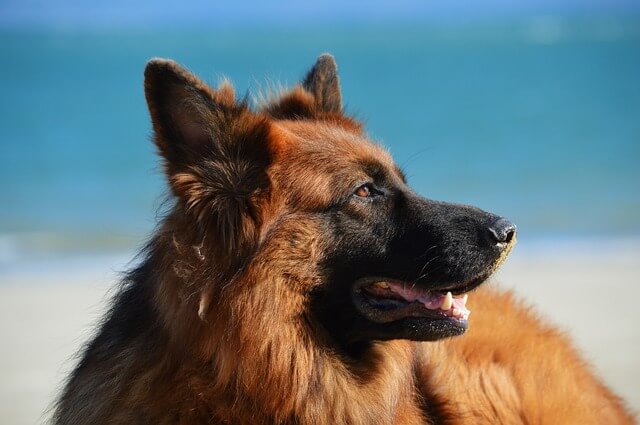
Origin of selective breeding in dogs
There is no specific evidence for the exact time selective breeding started, but we know that humans bred dogs for more than 14.000 years. Dogs were used for particular tasks, and dog owners carefully selected dogs with specific traits they wanted to promote. That is how basic dog breed groups came to life.
Domestication
The first evidence of selective breeding can be seen in the domestication of dogs. Dogs come from wolves, and they were “created” because humans bred wolves with the mildest temperaments. They paired wolves that could be trusted and worked with. If it wasn’t for selective breeding, we wouldn’t have the dogs we have today.
Hunting dogs
One of the original purposes dogs had after domestication is hunting. Through selective breeding, humans promoted dogs with specific traits. They focused on breeding dogs that were agile, explosive, lean, and fast. A great example of a hunting dog is the Saluki.
Herding dogs
When humans switched from hunting to raising livestock for food, they needed dogs to help them take care and herd the livestock. They started selectively breeding dogs with the best herding instincts. These dogs were the most intelligent, capable of following orders, and had incredible endurance and stamina.
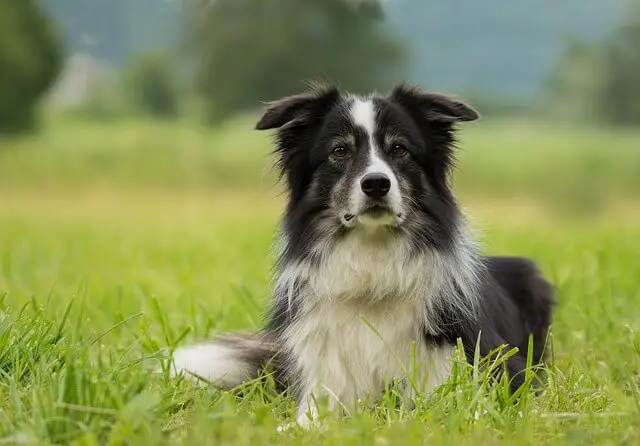
Protection/fighting dogs
When humans started placing large numbers of animals in one place, predators realized they had a chance of easy prey. Naturally, humans wanted to develop dogs with protective characters that would protect the livestock from wolves, bears, and other potential predators. They selectively bred the biggest, strongest, most intimidating dogs to create livestock protectors like the Anatolian Shepherd. Most modern-day livestock protection breeds come from the ancient Molossian dogs that were used for protection and war.
Companions
It wasn’t long before humans realized that dogs make great company. We wanted to spend more time with our dogs, so we started selectively breeding dogs with calm temperaments and small sizes. That is how modern-day Pekingese or Maltese were created.
INTERESTING FACT: The term “Artificial selecting” was coined by none other than Charles Darwin in his famous book “On Origin of the Species.”
Advantages of selective breeding
Selective breeding exists for an excellent reason; it can eliminate undesirable traits and promote desirable traits and characteristics breeders want. This might sound cruel to dog owners, but keep in mind that selective breeding gave us most of the pureblooded dog breeds we know today. It has also given humanity plants resistant to pests, healthier dogs, cats, horses, fruit, and many things we take for granted today. Here are some of the best things selective breeding introduced in the canine kingdom;
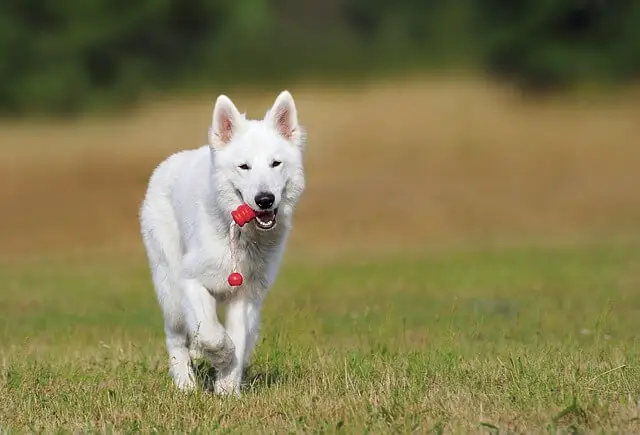
Specialization
When humans started carefully breeding dogs, they promoted specific traits that made some breeds excel at what they do. For example, a Border Collie was carefully bred to become the best herding dog in the world. These dogs are the most intelligent breed in the world, and it is all thanks to selective breeding.
Purebred dog breeds
If it wasn’t for selective breeding, we wouldn’t have pureblooded dog breeds. There are strict guidelines that will let the breeder know what a pureblooded breed is supposed to look like and which traits future puppies should inherit.
Elimination of undesirable traits
This might also sound cruel, but keep in mind that the most undesirable traits are inheritable diseases. Through selective breeding, dog breeders, kennel clubs, and veterinarians managed to eliminate hereditary diseases. Another thing that was successfully removed was aggressive behavior. Some breeds were overly aggressive because they were used for dog fights.
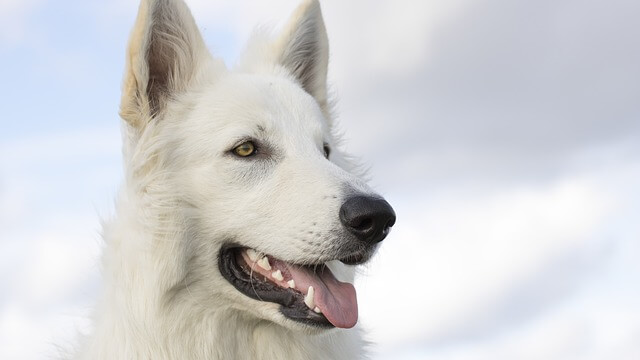
Negative sides of selective breeding
Like with any other thing in life, there are positive and negative sides to selective breeding. With selective breeding, puppies will inherit everything. For example, dog breeders focused on breeding herding dogs will also pass genes that might be responsible for hip dysplasia. That is not necessarily the case, but that means that when breeders focus on reinforcing one thing, they might accidentally pass on undesirable traits as well. Here are some of the negative sides of selective breeding;
Limited gene pools
One of the most significant issues with selective breeding is the limited gene pool. “Gene pool” is a made-up term that refers to all genetic material available within one breed. The main issue can develop when a breed develops health issues, and all healthy dogs with “good” genes are gone. The only option is to “introduce” genes from another breed.
Popular sire syndrome
This is a problem when a dog becomes very popular, and breeders want to use him for breeding. A single sire can produce many puppies, and this process is usually done by artificial insemination. The result is puppies that share too much genetic material, and the overall gene pool gets even smaller. Too similar genetic material will prevent future puppies from breeding because it will produce puppies prone to hereditary diseases that might have been eradicated.
In conclusion
Selective breeding brought us many different and positive things. Because of it, we have pureblooded dog breeds that are specialized in specific tasks. However, there is a negative side to it, but the benefits severely outweigh the negatives.
World Dog Finder team

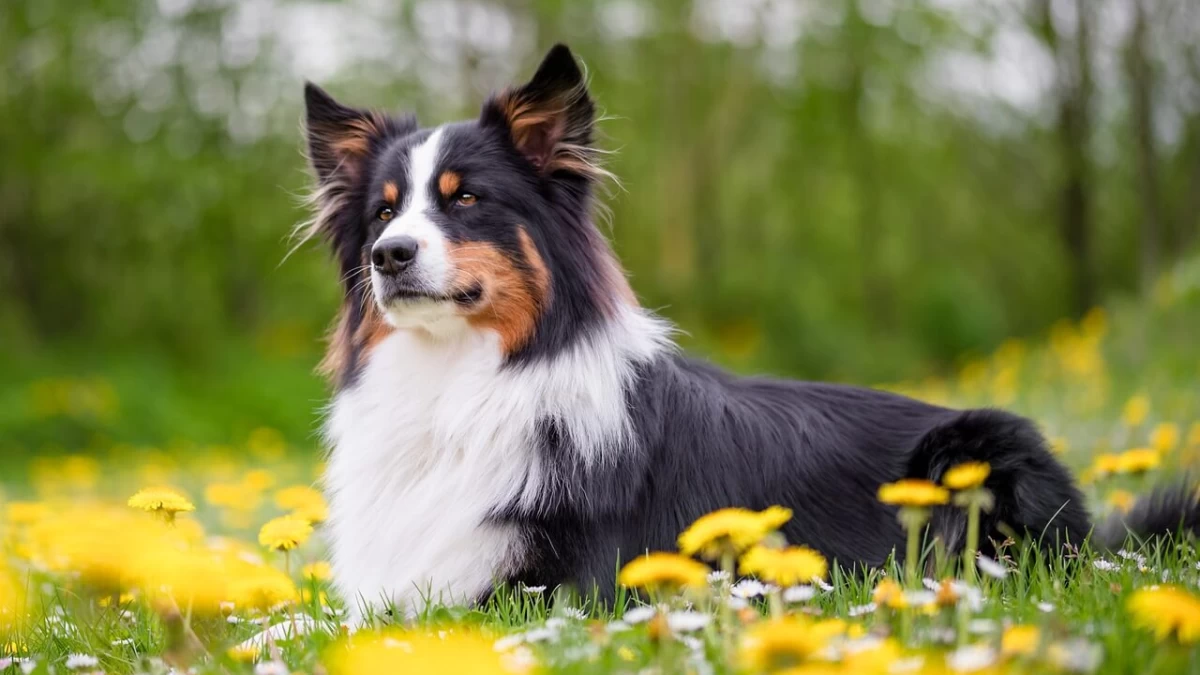

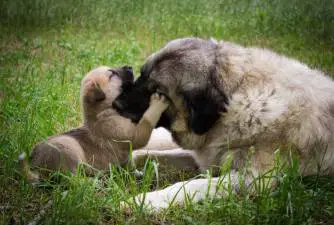
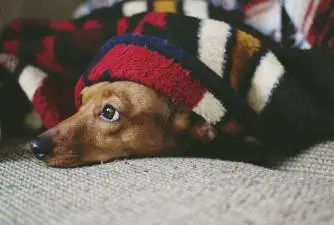
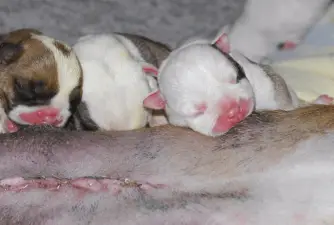


Share